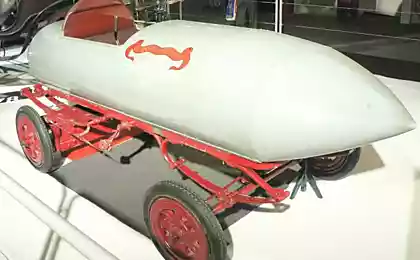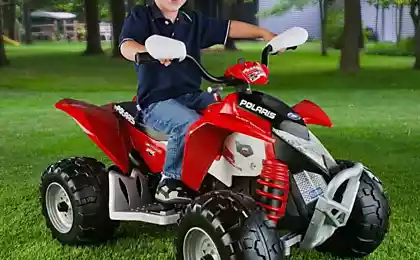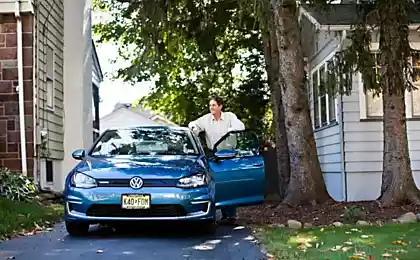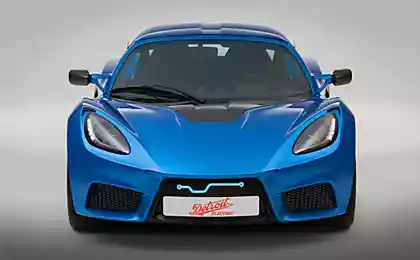473
Electric car in numbers
This post is a response to the discussion unfolding in almost every discussion on any news about electric cars.
There are two arguments of their opponents that continually pop up in one form or another:
1) Full replacement of cars with internal combustion engines on PEV will result in an increase of electricity consumption in several times. That, in turn, will require trillions of investment in new capacities and development of electricity networks.
2) CO2 Emissions due to fossil fuel burning will simply move from the internal combustion engine at the power plant, their volume will not change significantly. And maybe even grow, due to the increase of losses in transportation e/energy. All this is unclear and requires complex calculations.
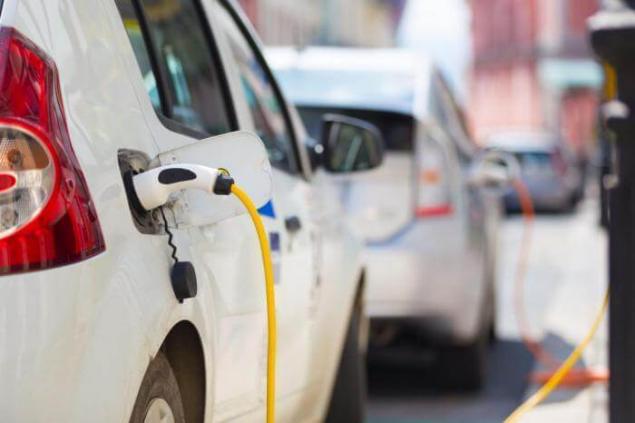
In fact, these calculations are not so complicated and we can easily get on the basis of open data.
For analysis choose US for two reasons: the large number of available statistical data and the highest motorization of the population.
1) How much you need electricity for a full transition of passenger vehicles to PEV?
According to statistics, in the United States in 2014, there are 212 million holders of driver's licenses. Imagine that each morning of January 1 will receive the brand new BMW i3.
According to the U.S. Department of transportation, every driver rides for the year 21 700 km (13 476 miles). According to the test results the U.S. Environmental Protection Agency, the BMW i3 in the combined cycle consumes 0.17 kWh/km (27 kW–hrs/100 mi).
Comes the pleasant moment when you can just take all the numbers to be multiplied and to get the desired result:
E = 212 000 000 ⋅ 21 700 ⋅ 0.17 = 782 068 000 000 kW ≈782 TVT ⋅CH
This is the annual additional electricity consumption in the United States, if all drivers started on PEV–auto.
A lot or a little? According to the EIA in 2013, the annual generation of e/energy in the United States from all sources amounted to 4 066 TVT ⋅h. Therefore, the transition to electric vehicles will require increased generation at 19%. Of course, we did not take into account many factors: the self-discharge of the battery, the hot summer in California and the cool of winter in Alaska, but the order numbers will still remain the same and is unlikely to exceed 25%. Yes, it will also require considerable investments, but it is not increased consumption at times, talking about opponents. And this in a country where the number of automobiles per capita and distance of travel among the highest in the world.
2) And what about CO2?
The amount of CO2 emissions by increased consumption of electricity to calculate and test even easier. This figure is called electricity emission factor EIA and kindly offered us access to the statistics. Emissions varies greatly across the country depending on the generation source, but the average is: 0.668 tons CO2 per MWh of electricity consumed. It is important that this figure already takes into account all losses in the grid.
The total amount of emissions needed to produce electricity for PEV will be:
M = 782 000 000 ⋅ 0.668 ≈ 522 million tons CO2/year
The average emissions for the existing fleet of the United States: 4.7 tons of CO2 per passenger car per year, or a total of ≈ 1000 million tons CO2/year
Thus, the transition to a PEV in addition to the centralization of emissions and moving them out will give a reduction of CO2 emissions 2 times, even if we take the average values of the emission factor for existing power plants.

In practice, now most of the new commissioned capacities of power generation in the US is a modern gas turbine power plants and renewable energy sources that will result in even more significant reduction in pollution. published
Source: politota.dirty.ru/elektromobil-v-tsifrakh-824216/
There are two arguments of their opponents that continually pop up in one form or another:
1) Full replacement of cars with internal combustion engines on PEV will result in an increase of electricity consumption in several times. That, in turn, will require trillions of investment in new capacities and development of electricity networks.
2) CO2 Emissions due to fossil fuel burning will simply move from the internal combustion engine at the power plant, their volume will not change significantly. And maybe even grow, due to the increase of losses in transportation e/energy. All this is unclear and requires complex calculations.

In fact, these calculations are not so complicated and we can easily get on the basis of open data.
For analysis choose US for two reasons: the large number of available statistical data and the highest motorization of the population.
1) How much you need electricity for a full transition of passenger vehicles to PEV?
According to statistics, in the United States in 2014, there are 212 million holders of driver's licenses. Imagine that each morning of January 1 will receive the brand new BMW i3.
According to the U.S. Department of transportation, every driver rides for the year 21 700 km (13 476 miles). According to the test results the U.S. Environmental Protection Agency, the BMW i3 in the combined cycle consumes 0.17 kWh/km (27 kW–hrs/100 mi).
Comes the pleasant moment when you can just take all the numbers to be multiplied and to get the desired result:
E = 212 000 000 ⋅ 21 700 ⋅ 0.17 = 782 068 000 000 kW ≈782 TVT ⋅CH
This is the annual additional electricity consumption in the United States, if all drivers started on PEV–auto.
A lot or a little? According to the EIA in 2013, the annual generation of e/energy in the United States from all sources amounted to 4 066 TVT ⋅h. Therefore, the transition to electric vehicles will require increased generation at 19%. Of course, we did not take into account many factors: the self-discharge of the battery, the hot summer in California and the cool of winter in Alaska, but the order numbers will still remain the same and is unlikely to exceed 25%. Yes, it will also require considerable investments, but it is not increased consumption at times, talking about opponents. And this in a country where the number of automobiles per capita and distance of travel among the highest in the world.
2) And what about CO2?
The amount of CO2 emissions by increased consumption of electricity to calculate and test even easier. This figure is called electricity emission factor EIA and kindly offered us access to the statistics. Emissions varies greatly across the country depending on the generation source, but the average is: 0.668 tons CO2 per MWh of electricity consumed. It is important that this figure already takes into account all losses in the grid.
The total amount of emissions needed to produce electricity for PEV will be:
M = 782 000 000 ⋅ 0.668 ≈ 522 million tons CO2/year
The average emissions for the existing fleet of the United States: 4.7 tons of CO2 per passenger car per year, or a total of ≈ 1000 million tons CO2/year
Thus, the transition to a PEV in addition to the centralization of emissions and moving them out will give a reduction of CO2 emissions 2 times, even if we take the average values of the emission factor for existing power plants.

In practice, now most of the new commissioned capacities of power generation in the US is a modern gas turbine power plants and renewable energy sources that will result in even more significant reduction in pollution. published
Source: politota.dirty.ru/elektromobil-v-tsifrakh-824216/

